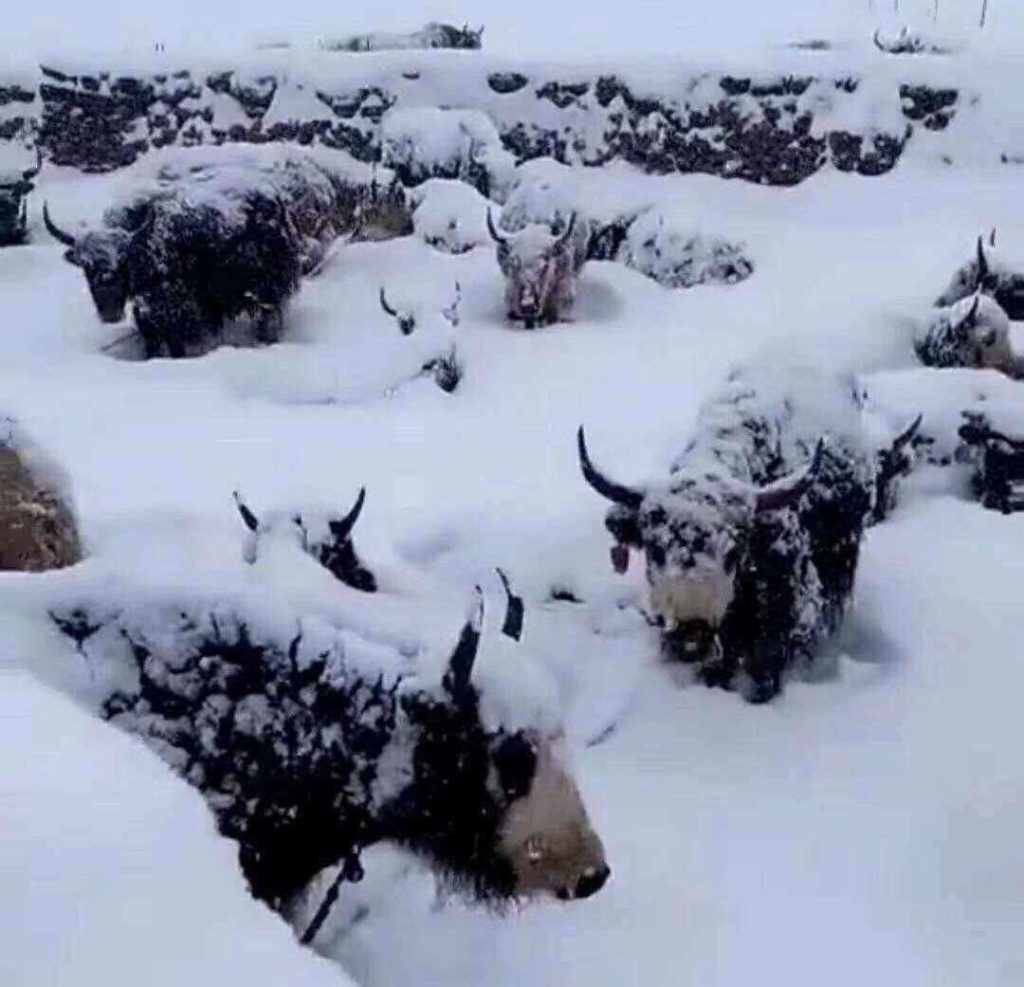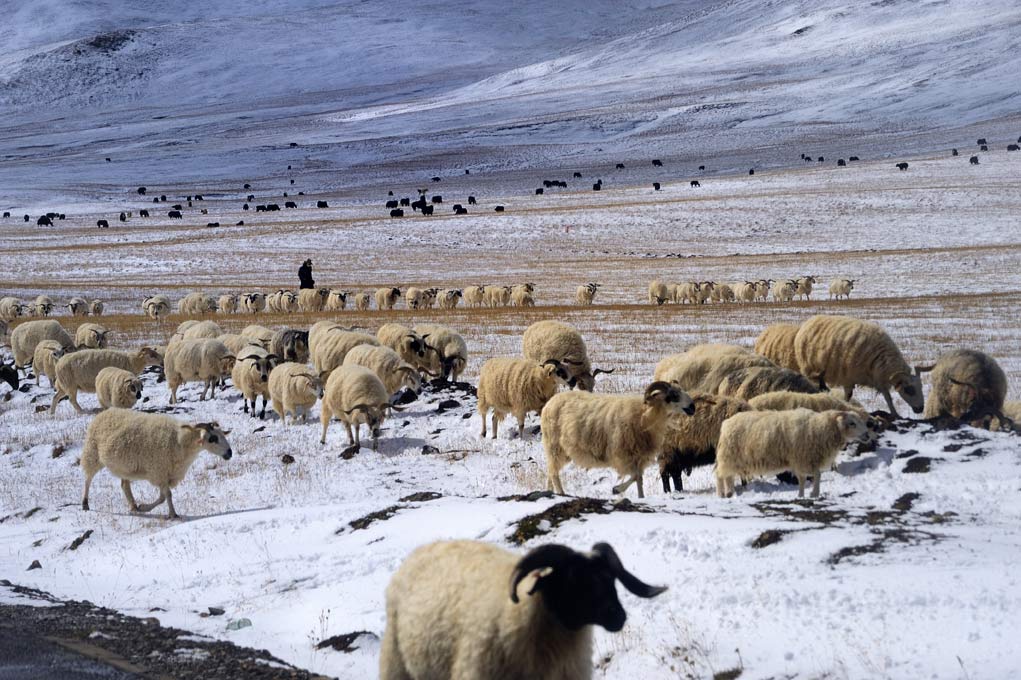
A Tibetan nomadic student who was forced to tour Beijing was asked to give a speech praising China and the Chinese Communist Party when she returned to her school.
Nearly 60 students and teachers from the Gedrong Nomadic Tribes in Kham, eastern Tibet (in what China calls Dzatoe County, Yulshul Tibetan Autonomous Prefecture) were taken to Beijing for a 10-day educational tour last month as part of the Chinese regime’s “Educational Activities with the Theme of Three Loves.”
Upon returning home, the students were asked to write and make public speeches praising and thanking China, the Chinese Communist Party (CCP) and socialism. They were also told to express their “determination to love the party, love socialism, and love China.”
Tibet, a historically independent country, has been under a brutal Chinese occupation for the past 60 years.
“Three Loves” tour
The tour of Beijing was organized by Qiushi, the CCP’s main journal, which has been arranging the trips since 2016. According to Qiushi’s website, “educational activities with ‘Love the Party, Love the Motherland, and Love Socialism’ are to further advance national unity and progress, win the hearts of the people, and unite the people.”
Students and teachers participating in the tours are chosen carefully. According to a report from the government-backed Qinghai Daily, “the Propaganda Department of [the] Communist Party and [the] Education Bureau of Dzatoe County organize special personnel to conduct patriotic education training for those selected teachers and students before they go to Beijing participating [in] the educational tour for ‘three loves.’”
While the students are in Beijing, they visit places such as the Qiushi office, the office of state media outlet Xinhua, Beijing universities, the Summer Palace, Tiananmen Square, the People’s Heroes Monument and the Chinese National Museum.
Chinese authorities are quoted in Qinghai Daily saying, “Through the ‘Three Loves’ themed educational activities, Tibetan students receive the vivid education on ‘three loves,’ firmly establishing the consciousness of loving [the] Communist Party and China, firmly establishing the consciousness of knowing the party’s kindness, thanking the party’s kindness, and repaying the party’s kindness, and firmly establishing the consciousness and sense of responsibility for promoting national harmony and national unity.”
“Sinicizing” Tibet
These efforts to indoctrinate Tibetan youth and use them to spread propaganda are part of the Communist Party’s attempts at “Sinicization,” meaning to assimilate Tibet into Chinese culture while destroying Tibetans’ unique identity and religious beliefs.
Tibetan nomads are frequent targets of Sinicization. Because of the Tibetan plateau’s unique geographical features, pastoralism has been one of Tibet’s economic and cultural backbones for thousands of years. In order to stamp out Tibetan culture, the Chinese government is seeking to eliminate Tibetan pastoralism.
In addition to subjecting nomadic youth to “three loves” education, the government has forced nomads to abandon their traditional lifestyles and live on hastily built settlements, despite the risks that poses to Tibet’s fragile environment.


